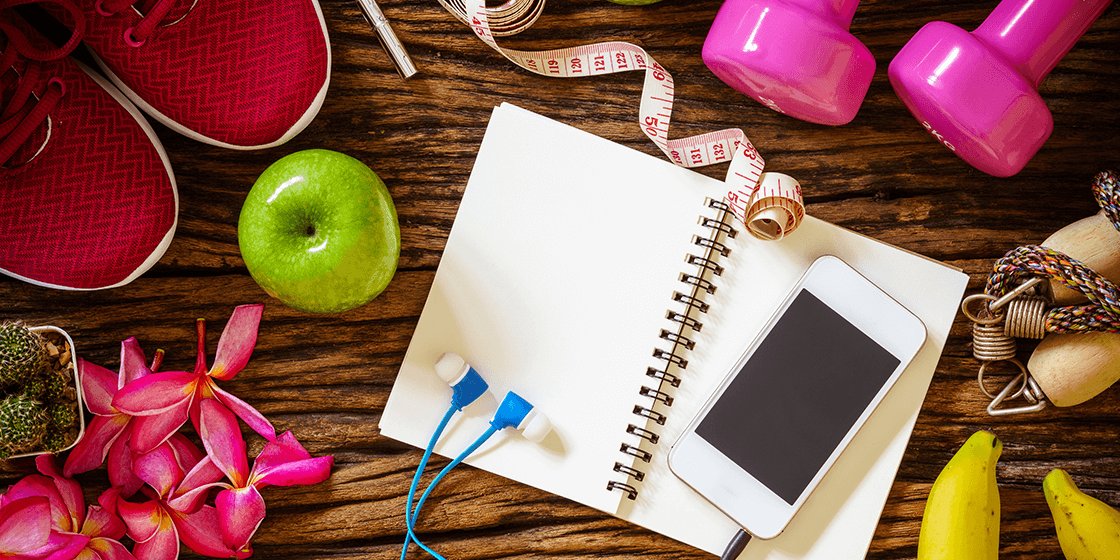Osteoporosis is no laughing matter.
Our bones provide us with a sturdy frame, keep us upright, and enable our movements. They protect our vital nerves and organs and even produce new blood cells. Any circumstance that compromises our skeleton, also compromises all of those other functions. Osteoporosis is a degenerative condition that can really put a strain on our bones.
When Osteoporosis occurs, bones become porous, resembling sponges. They become weak, brittle, and fracture easily. We often hear about older adults falling and breaking a hip. This often occurs as a result of the damaging effects of osteoporosis.The actual statistics on Osteoporosis seem to vary depending on where you get them. But, the prevalence of osteoporosis is widespread. Some statistics quote that 7 million people suffer from Osteoporosis. Other sources state 10 million. However, the National Osteoporosis Foundation estimates that 57 million Americans have Osteoporosis or decreased bone mass. Of this number, about 80% of those affected by Osteoporosis are women.
Why are women at risk for Osteoporosis?
There are a number of reasons why women are more affected by Osteoporosis than men. The main reason for this has been linked to hormones. Estrogen is an important hormone that is responsible for maintaining healthy bone mass. When women hit menopause, the estrogen in their bodies plummets, threatening the health of their bones. Hormones are not the only factor that lead to bone loss, however. Other contributing factors may include:
- Certain types of cancer, chemotherapy drugs, or radiation
- Malnutrition, extreme dieting, or excessive exercise
- Alcohol dependence or the use of other dangerous drugs
- Smoking
- Eating disorders
- Diabetes
- Gastric Bypass Surgery
- AIDs/HIV or other autoimmune diseases
- Adult Scoliosis, Ankylosing Spondylitis, or other spinal disorders
- Leukemia and Lymphoma
- Multiple Sclerosis
- Depression
- Hyperparathyroidism or Hyperthyroidism
The above list is not a complete representation of the factors that can lead to Osteoporosis. But it is a good start. If you are concerned about your spine health or bone density in any way, don’t hesitate to contact a professional who can fully assess your situation. With knowledge and preparation, you can take steps to protect your skeleton.
Don’t wait for Osteoporosis to strike: Protect your bones now!
Osteoporosis is mainly thought to affect women over the age of 60. This is especially so because Osteoporosis is closely linked to menopause. This idea doesn’t quite address the big picture, however.
Our bones don’t magically become porous and brittle overnight. They go through years of gradual weakening, which is amplified by plunging estrogen levels during menopause. Malnutrition or unhealthy bones at a younger age can translate into weak, thin, or osteoporotic bones in older age.And, with Osteoporosis so often being asymptomatic, many people don’t know that their bones are weak until they experience their first fall or fracture.
Whether you have already celebrated that 60th birthday—or you have a few decades remaining until you get there—you can take preventative measures to safeguard your bones and mobility from Osteoporosis. Listed below are a few tips to keep those bones happy, healthy, and solid from a young age and on into the golden years:
- Quit Smoking: Yes, we all know that smoking is bad for you, yet so many people continue to smoke. Smoking is a main contributor to premature loss of bone density. Why you ask? Because smoking inhibits estrogen levels, and estrogen is crucial in helping our bones retain their calcium content and the minerals that keep them strong.
- Watch the Alcohol: It would be best to quit drinking altogether, but you don’t have to do that entirely. Simply try to limit the number of drinks that you have. Any more than 2 a day can significantly increase your chance of developing Osteoporosis. Controlling your alcohol intake is especially important for young adults, as adolescence is a crucial time for bone development.
- Keep Moving: Weight-bearing exercise, strong, flexible muscles, and a healthy weight will all contribute to healthy bones and prevent falls and fractures. There are a variety of exercises from which to choose. Jogging, walking, tai chi, dancing, stair climbing, swimming, and yoga can help keep your bones healthy, your muscles strong and resilient, and your body a healthy weight.
- Get that Diet in Order: Calcium and Vitamin D are two dietary staples that keep those bones strong. Aside from dairy products, which are rich in calcium and vitamin D, green leafy veggies like kale or spinach, fatty fish like salmon or sardines, and a variety of fruits including oranges, figs and kiwis all contain the necessary vitamins for strong bones.
Don’t wait until the last minute to start caring for those bones! Take steps today to ensure the long and healthy life of your main frame. Contact one of our spine specialists at The Advanced Spine Center today to schedule an appointment with one of our award-winning physicians.
